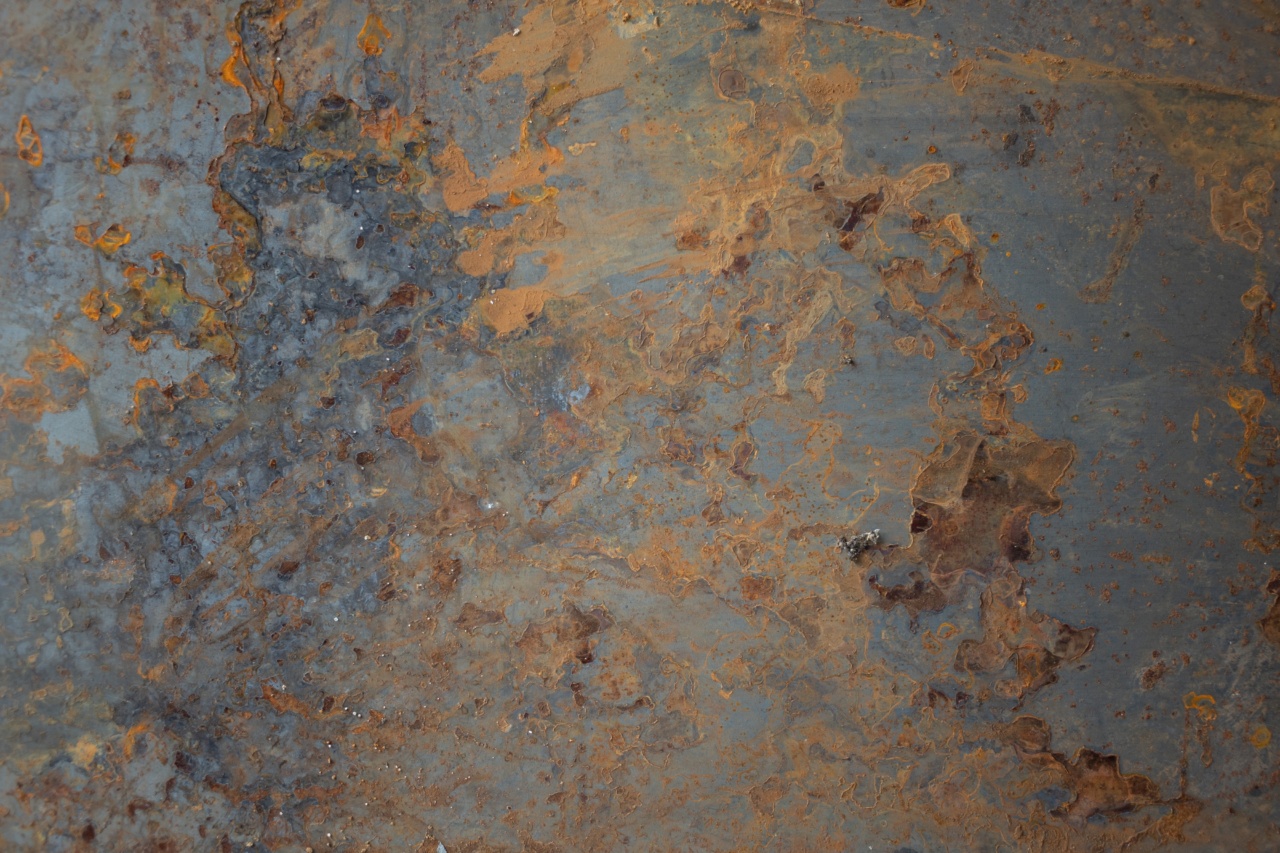When it comes to bone fractures, one of the most common areas affected are the lower extremities, specifically the ankle and the lower leg. Two types of fractures that often occur in these areas are strick fractures and ankle fractures.
Although they may seem similar at first glance, there are distinct differences between the two that require careful examination and diagnosis.
Understanding Strick Fractures
Strick fractures, also known as tibial shaft fractures, occur when there is a break in the long bone of the lower leg, known as the tibia.
This type of fracture typically happens due to high-impact traumas such as car accidents, falls, or sports injuries. The force applied to the bone causes it to break or splinter partially or completely.
Strick fractures are commonly classified into three major types:.
1. Transverse Strick Fracture
A transverse strick fracture occurs when the break is horizontal, perpendicular to the long axis of the bone. This type of fracture is often caused by a direct blow to the leg, and it is characterized by a straight line across the bone.
2. Oblique Strick Fracture
An oblique strick fracture refers to a break that is diagonal and typically occurs due to rotational forces applied to the bone. This type of fracture can be seen as a slanted line across the tibia.
3. Spiral Strick Fracture
Spiral strick fractures are characterized by a fracture line that spirals around the bone. This type of fracture often occurs when a twisting force is applied, resulting in a spiral pattern of the break along the tibia.
Examining Ankle Fractures
Ankle fractures, or malleolus fractures, specifically affect the bones near the ankle joint. These fractures can occur in any of the three main bones that form the ankle: the tibia, fibula, and talus.
Unlike strick fractures, ankle fractures can happen due to a variety of causes, including sports injuries, falls, or twisting motions.
Ankle fractures are classified based on the specific bone involved and the location of the break. The main types of ankle fractures include:.
1. Lateral Malleolus Fracture
A lateral malleolus fracture occurs when the fibula bone, the smaller bone on the outer side of the lower leg, breaks. This type of fracture is commonly caused by an inversion injury, where the foot rolls inward.
2. Medial Malleolus Fracture
In contrast, a medial malleolus fracture involves the tibia bone, the larger bone on the inner side of the lower leg. This fracture typically occurs due to an eversion injury, where the foot twists outward.
3. Bimalleolar Fracture
A bimalleolar fracture involves both the fibula and the tibia bones. This type of fracture often occurs as a result of a high-energy impact or severe twisting motion, causing both bones to break simultaneously.
4. Trimalleolar Fracture
A trimalleolar fracture is the most severe type of ankle fracture, involving the fibula, tibia, and the posterior malleolus, which is a bony prominence at the back of the tibia.
This fracture is often caused by a high-energy injury or a significant force applied to the ankle joint.
Distinguishing Between Strick and Ankle Fractures
While both strick fractures and ankle fractures involve the lower leg and ankle, there are several key differences that can help in discerning between the two:.
1. Location
Strick fractures occur in the long bone of the lower leg, the tibia, while ankle fractures involve the bones near the ankle joint, including the tibia, fibula, and talus.
2. Force of Impact
Strick fractures are often caused by high-impact traumas such as car accidents or sports injuries that apply significant force to the leg. On the other hand, ankle fractures can occur due to various causes, including falls or twisting motions.
3. Fracture Patterns
Strick fractures have distinct fracture patterns, such as transverse, oblique, or spiral lines across the tibia.
Ankle fractures, on the other hand, can involve specific bones, such as the lateral or medial malleolus, or multiple bones in the case of bimalleolar or trimalleolar fractures.
Diagnosis and Treatment
Proper diagnosis is crucial in determining whether a patient has a strick or an ankle fracture.
Medical professionals typically use a combination of methods, including physical examinations, X-rays, and occasionally advanced imaging techniques such as CT scans, to accurately diagnose the type of fracture and its severity.
The treatment for both strick fractures and ankle fractures may involve immobilization, pain management, and in some cases, surgery.
Strick fractures may require the use of a cast, functional brace, or external fixation to promote healing and prevent further damage.
For ankle fractures, the treatment approach often depends on the specific type and severity of the fracture. Non-surgical options may include the use of a cast, brace, or splint, accompanied by a period of restricted weight-bearing.
In more severe cases, surgery may be necessary to realign and stabilize the fractured bones using screws, plates, or other fixation devices.
Conclusion
In summary, while strick fractures and ankle fractures both involve the lower leg and ankle, they have distinct characteristics that differentiate them.
Strick fractures occur in the tibia and have specific fracture patterns, while ankle fractures involve the bones near the ankle joint and can affect various bones depending on the type and severity of the fracture. Accurate diagnosis and appropriate treatment are vital for optimal healing and long-term recovery.































